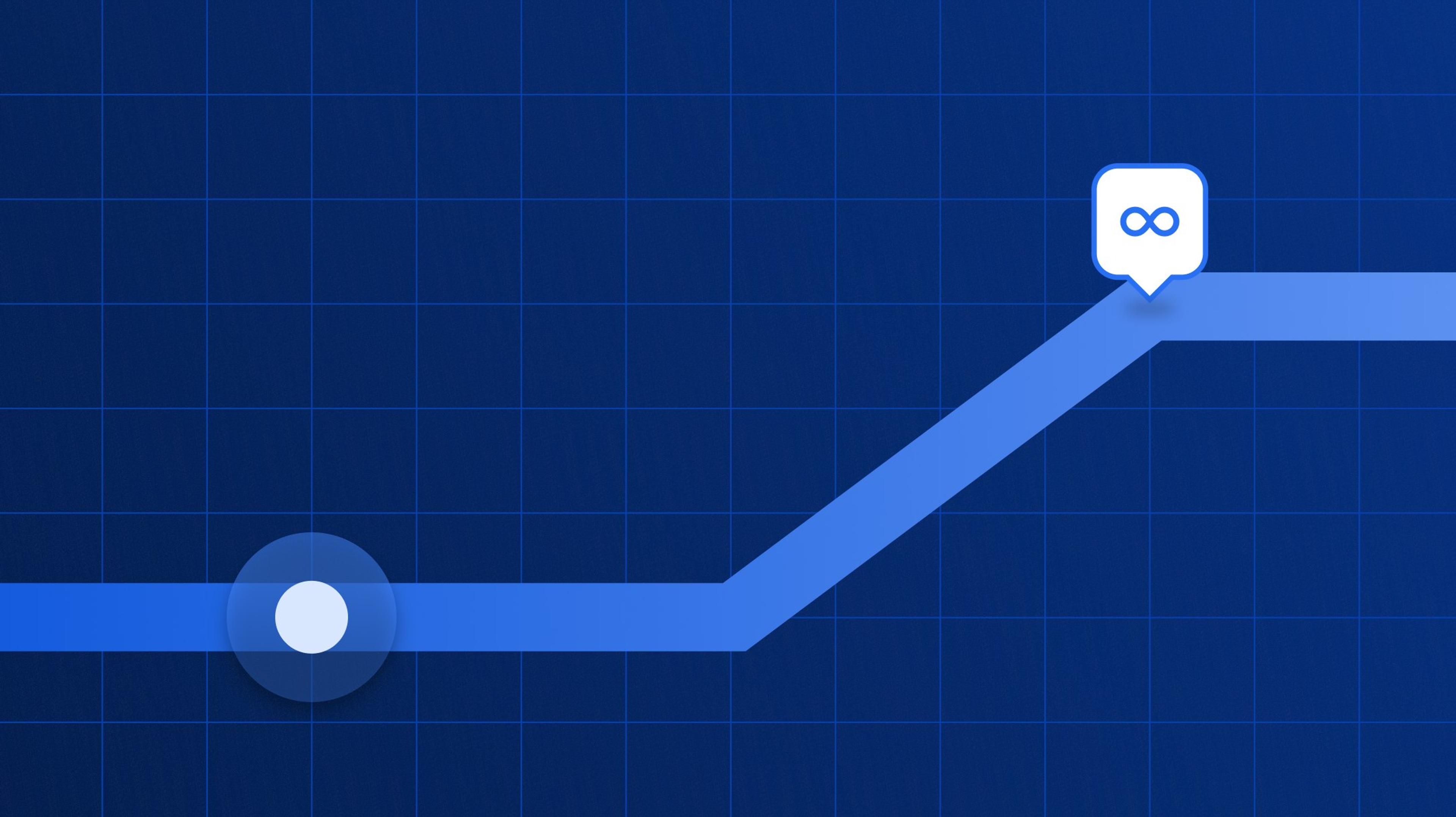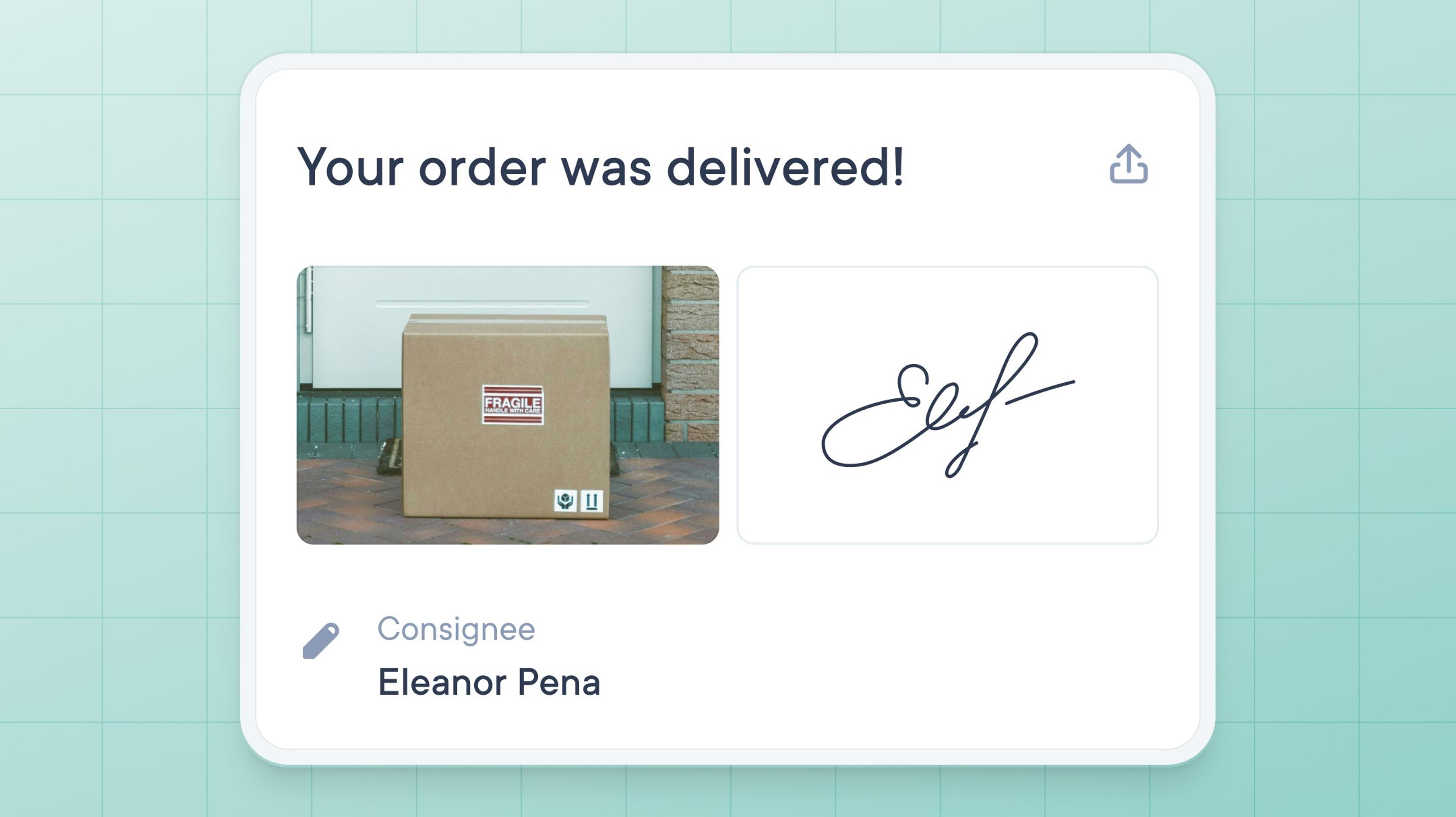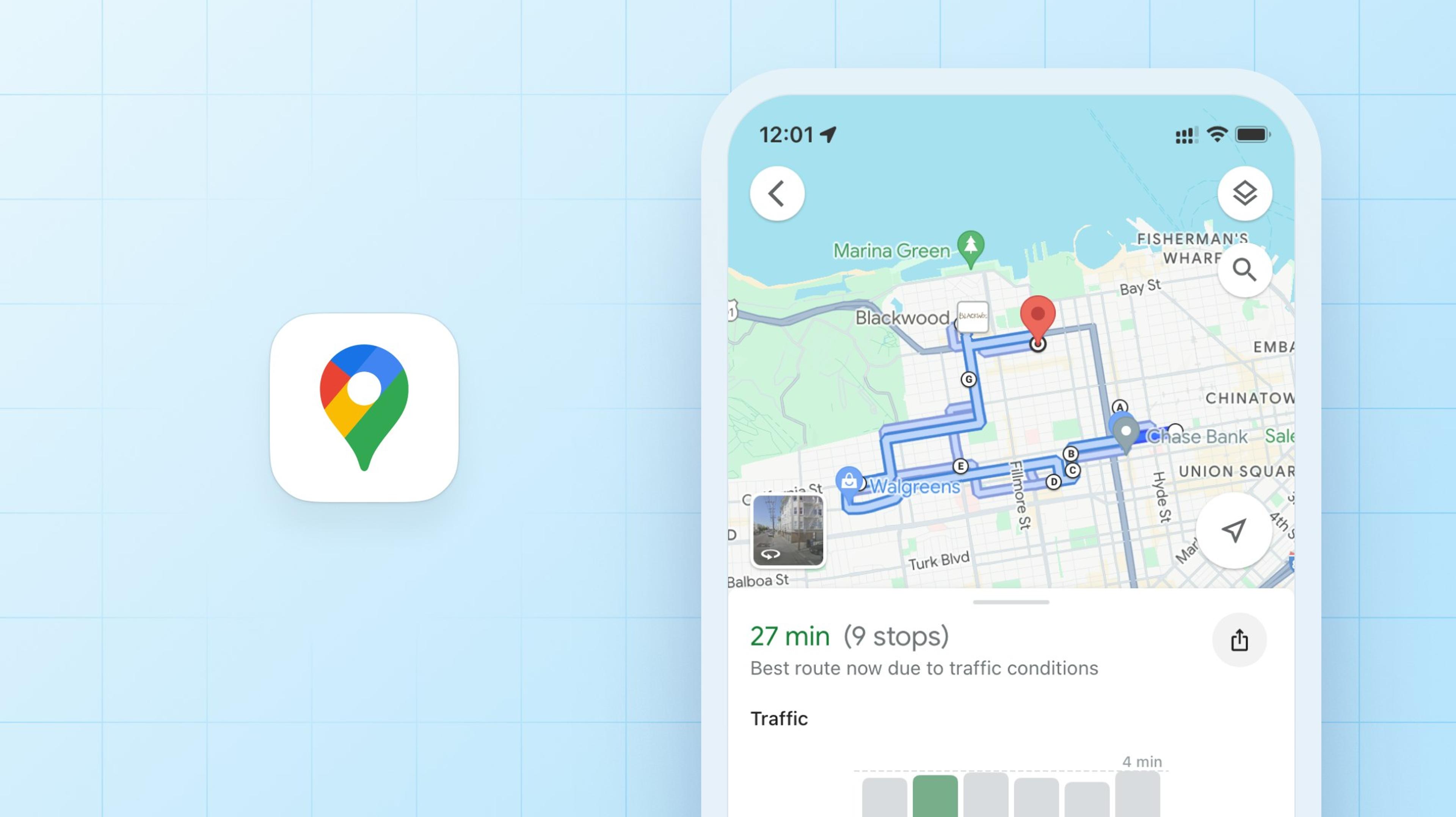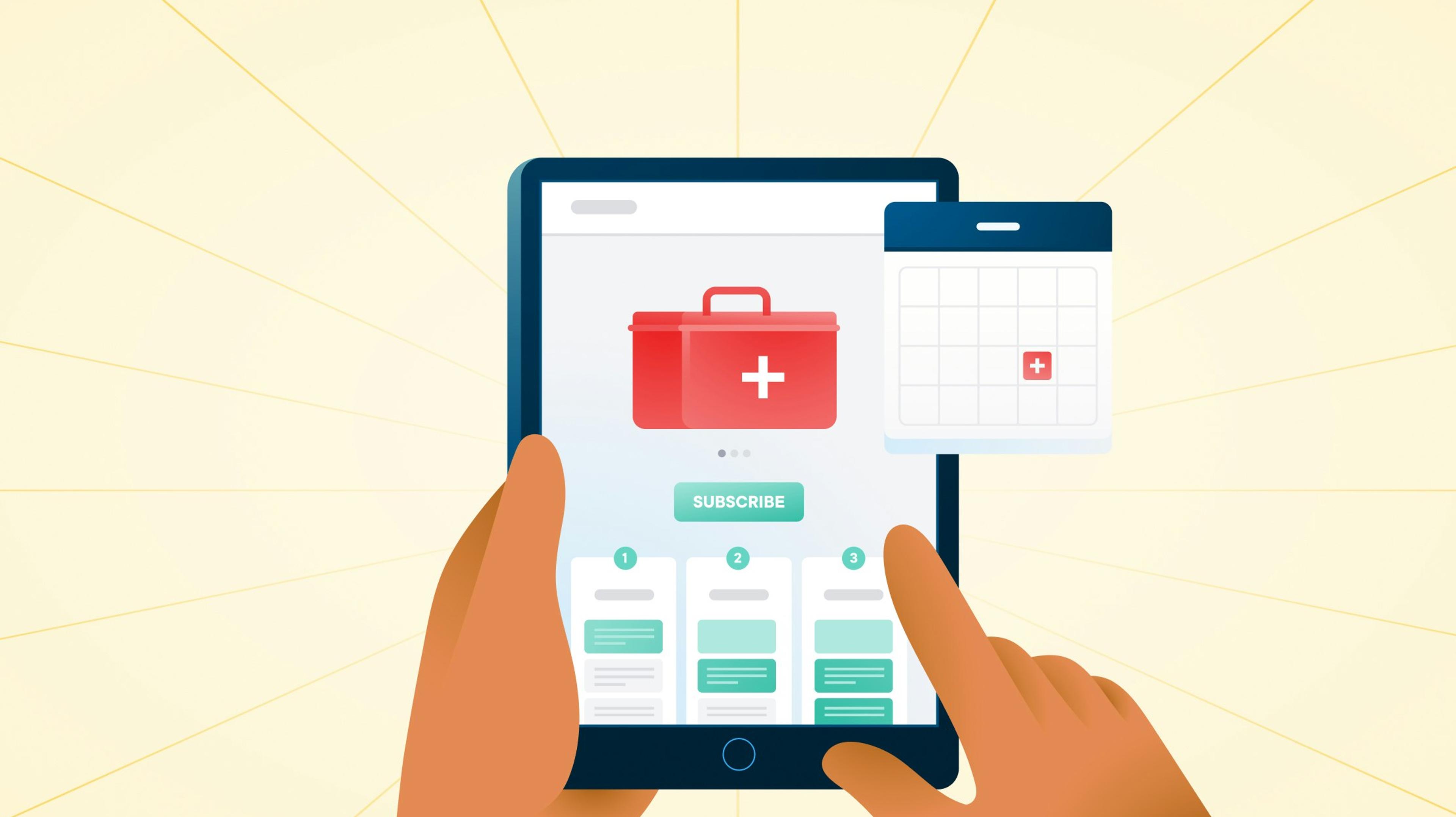Exploring Different Types of Order Fulfillment

Save hours planning your deliveries, automate and manage drivers’ routes, and confidently track customer order deliveries with Circuit for Teams.
Your e-commerce business is expanding, and new orders are pouring in.
But can you keep up with the growth?
With a bit of work and the right fulfillment strategy, you can make sure you can keep up with the demand, continue to meet customer expectations, and grow your business.
There are a few different types of order fulfillment:
- Order self-fulfillment and shipping,
- Third-party order fulfillment
- Hybrid, and dropship order fulfillment.
Each order fulfillment process has its own benefits and drawbacks. So, how do you know which one is right for your e-commerce business?
In this post, I’ll break down the major aspects to consider on the best type of order fulfillment for your business. Then we’ll explore the pros and cons of each.
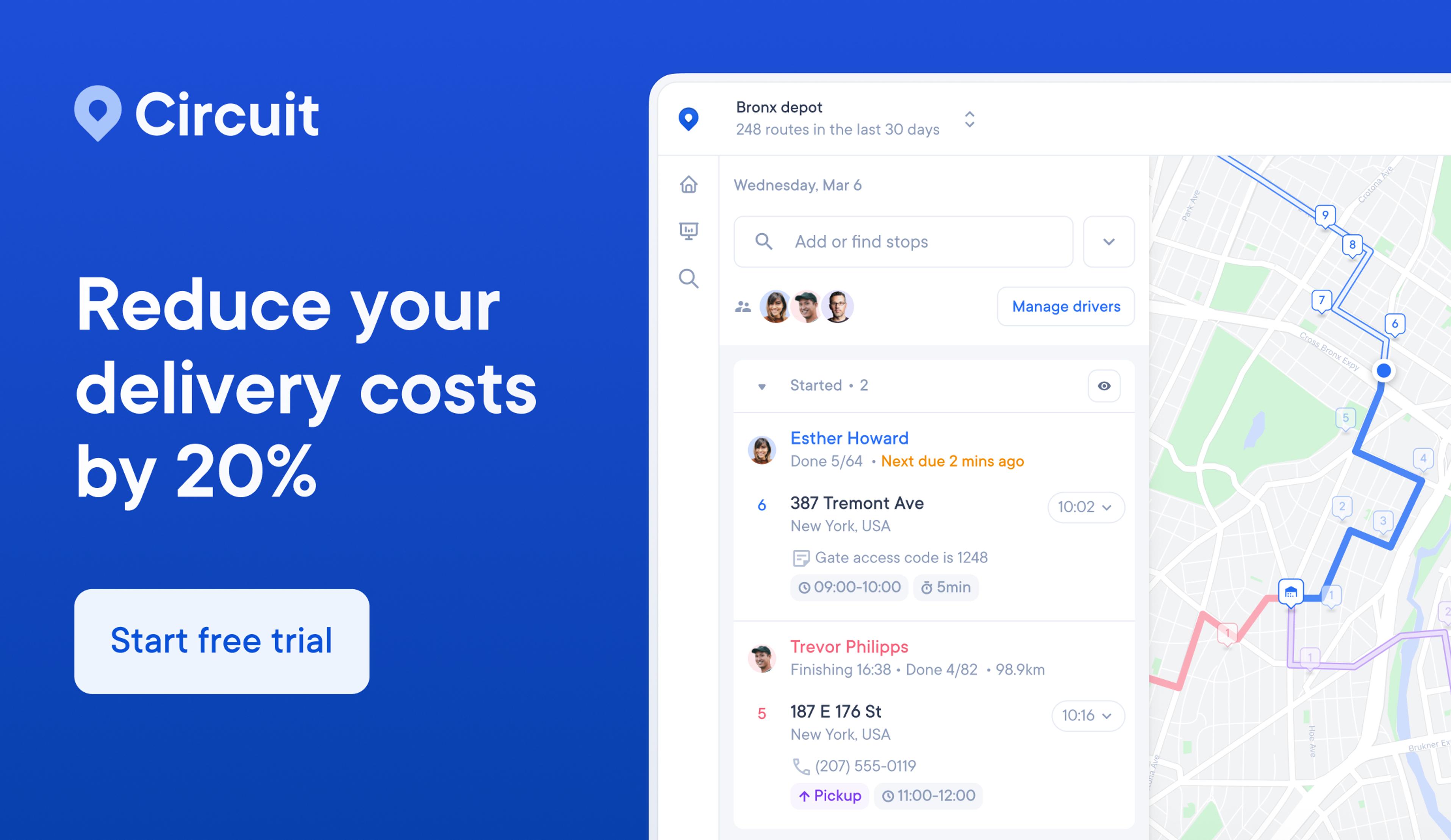
How to choose the best order fulfillment strategy for your business

Making a decision on your order fulfillment strategy may not get your heart racing with excitement, but it’s one of the first steps in logistics planning.
Before you take a closer look at the different types of fulfillment and consider the pros and cons, you need to understand your customer base.
Why? I’m glad you asked.
Your order fulfillment strategy can impact your business and customers in many ways. Delivery time, customer satisfaction, and profitability can all ride on a successful supply chain process and fulfillment solution.
Which.. Is what makes choosing the right fulfillment strategy so tricky.
The point is you need to make the best choice for your business and your customers.
Before we get to the different types of order fulfillment and their pros and cons, let’s start at the beginning:
- Who are your customers? What e-commerce platform are they using? Do they purchase through Amazon or directly from your site? Knowing where your customers buy from can help direct your fulfillment process. For instance, if they buy through Amazon, third-party Fulfillment by Amazon (FBA) might be the way to go.
- What do they want? What do your customers expect from you in terms of shipping? Do they need it fast? Are they willing to wait a few days for delivery? Knowing your customers’ shipping expectations can help you fulfill orders in a way that meets or exceeds their expectations.
- Where do they live? Are they buying outside the United States? Are they located in a higher shipping zone than your inventory is? You might be able to find a central location for your in-house fulfillment center. If your customers are all over the world, other fulfillment options might make more sense.
You can conduct this research in many ways. You can use an SEO tool like Moz or Google Analytics to research keywords in your niche and see what your customers are searching for. You can also research your competition and see how they’re writing and presenting to their audience.
You can also conduct your own primary research using online surveys or questionnaires, in-person interviews, and online focus groups. Or conduct secondary research with government statistics, industry statistics, or industry reports.
For instance, if you work in the health care industry, you can use the National Center for Health Statistics (NCHS) as a resource for data. Or check out Statista, a global statistics portal to learn more about your particular market.
Learn how to identify your audience and sell more.
Understanding the customer experience and expectations can help direct you when considering fulfillment options.
Customers now expect shipments to be delivered faster than ever before.
In fact, the June 2022 Global Consumer Insights Pulse Survey showed that 41% of consumers are willing to pay a charge for same-day delivery, while nearly a quarter (24%) of shoppers said they would pay more to receive packages within a one- or two-hour window of their choosing.
Things like poor inventory management and late deliveries can result in lost time and money.
The longer it takes for a picker to find, scan, pack, and ship your inventory, the less time they have for the next order.
And the longer it takes for your customers to receive their orders, the less likely they might be to order again in the future!
But what about your delivery drivers? Are their routes optimized to serve customers as quickly as possible?
Circuit for Teams can help with route planning for your business’s delivery drivers. Our routing software makes it easy to optimize routes for multiple drivers, keep customers updated, and get proof of delivery.
Now that you know what to consider when it comes to your customers, let’s look at the three types of order fulfillment.
Order self-fulfillment and shipping
Self-fulfillment is when your e-commerce business handles the shipping and delivery of your products to customers in-house.
This means you’d ship orders using your own staff and resources.
This is a common option for business owners who might be just starting and have their inventory storage.
For example, you might pack and fulfill orders from your garage.
Of course, as your business grows, there might come a time when you outgrow your space and may need to consider a less costly fulfillment solution that doesn’t need a warehouse or expanded support staff.
Big businesses like Walmart and Amazon also use in-house fulfillment. They have fully-staffed, state-of-the-art self-fulfillment centers that can handle large order volumes.
Learn more about e-commerce distribution centers and best practices.
Pros and cons of self-fulfillment and shipping
Handling order fulfillment in-house sounds great in theory. But where is the trade-off?
Let’s take a look at some of the pros and cons for in-house or self-fulfillment.
Pros:
- You have more control over your order management, inventory levels, and shipping process. Because you’re overseeing the entire supply chain process, you can do it your way.
- You can save on shipping costs by negotiating rates with carriers. Large retailers like Amazon also make their merchants pay fees on the back end that consumers don’t see to save on shipping.
- You can offer faster shipping times to customers. While this isn’t always the case, some retailers like Walmart treat their stores as warehouses, expanding their location reach and shortening shipping times.
Cons:
- You may need to invest in a fulfillment software and delivery driver route planning software like Circuit for Teams. While there’s a cost associated with route planning software, it’s worth it. You can optimize your deliveries and give your customers a positive experience.
- You may need to have the right infrastructure in place, like warehousing, stock keeping units (SKUs), and packing slips. Even if you’re working out of your garage, you need an organizational system to manage your inventory.
- You may need to hire staff to handle shipping and fulfillment. If you have a small business, you might be able to manage inventory yourself or with a small team. But, as your business grows, it might become more difficult.
Third-party order fulfillment
Third-party order fulfillment is when a business contracts out its order fulfillment to a company that specializes in order fulfillment operations. This could be a company like Shipwire or Fulfillment by Amazon (FBA).
With third-party order fulfillment, you don’t have to worry about the logistics of shipping and storing inventory. You can outsource these tasks to a fulfillment company.
Fulfillment companies have their own warehouses and staff to pick, pack, and ship orders. Their pickers get the order, scan the barcode, package the merchandise, apply the shipping label, and send the order for delivery.
They also have relationships with shipping carriers so they can get discounts on rates.
Maybe your business chooses third-party order fulfillment to sell your products on Amazon. This way, you don’t have to worry about storing inventory and shipping orders.
Check out this list of products perfect for third-party order fulfillment.
Instead, you outsource these tasks to Amazon FBA.
Pros and cons of third-party order fulfillment
Letting someone else manage the fulfillment process for you is an attractive option. Like any strategy, though, third-party fulfillment has its pros and cons.
Let’s take a look.
Pros:
- You don’t have to worry about the logistics of shipping and storing inventory. Let’s face it. Maintaining a warehouse is expensive, and storing and managing inventory takes up a lot of space and time. You avoid all this with third-party fulfillment.
- You can outsource tasks like setting up SKUs, barcodes, negotiating shipping costs, planning delivery routes, and more to your fulfillment partner. Each of these details has to be figured out if you decide to do it all yourself.
- Fulfillment companies have their own warehouses and staff to pick, pack, and ship orders. You don’t have to hire pickers, offer benefits, manage payroll, or plan for vacation days. Everything is taken care of by your third-party provider.
Cons:
- You need to pay for the services of the third-party fulfillment company. Sure, you’re saving on pieces of the supply chain process, but those costs are built-in to some degree in the price you pay to your third-party fulfillment company through things like merchant fees.
- You may have less control over your shipping process by outsourcing order fulfillment. You don’t have control over the process like inventory management, delivery time, and other third-party logistics.
- You have less control over your inventory because a third party will be receiving inventory and shipping orders. You send the fulfiller your products. What happens from there is largely up to your third-party fulfillment company to make sure everything gets where it needs to go.

Dropship order fulfillment
Drop shipping is a type of order fulfillment model where your business doesn’t keep products in stock.
Instead, when you receive a new order from a customer, you purchase the item from a third party like AliExpress or SaleHoo and have it shipped directly to the customer.
Drop shipping is popular because it’s a low-cost way to do e-commerce order fulfillment. You don’t need to manufacture, store, or ship your products yourself.
With lower costs, your profitability could be higher.
Maybe you have a small business selling graphic tees through eBay but drop ship through EPROLO.
You don’t have to worry about making the shirts, storing, packing, or shipping orders. The supply chain process is handled by EPROLO. Check out this complete list of dropshipping companies.
Want to hear a story of drop shipping in action? One e-commerce entrepreneur used drop shipping to go from zero to $1 million in eight months.
Pros and cons of dropship order fulfillment
Drop shipping is becoming increasingly popular. According to the latest data, the global drop shipping market is forecast to reach $196.78 billion in 2022, an over 20% increase from 2021.
But there are some distinct drawbacks like market saturation. Let’s take a look.
Pros:
- You don’t have to figure out the logistics of shipping like choosing a shipping method. It’s the drop shipper’s job to get your customers’ orders delivered on time.
- You outsource tasks like warehouse management and order processing to a supplier that streamlines the process. This means less planning and fewer headaches for you.
- Drop shipping is a low-cost way to start an e-commerce business because order fulfillment services keep your operating costs low. Are those shirts really going to sell? If you’re not sure if your idea will work, drop shipping can be a great way to test it out before you get in too deep.
Cons:
- You need to find reliable suppliers who can dropship your products. What happens if your orders aren’t arriving on time? What happens if the merchandise is broken or damaged? Your order fulfillment company needs to meet your customer expectations and deliver the right products on time.
- You may have less control over your inventory and shipping process because those factors are controlled by the fulfillment provider. What if you want to offer faster shipping or pickup orders? What if you want to use eco-conscious packaging? Drop shipping may affect your options.
- You may need to find a way to stand out from other drop shippers who are selling the same products. There are a lot of graphic tees online. How are you going to market your products to stand out from the competition?
Hybrid order fulfillment
Hybrid order fulfillment is a mix of self-fulfillment and outsourcing. A business that uses hybrid order fulfillment will fulfill some orders and outsource others to a third-party fulfillment company.
Maybe you’re a small business that sells products on Amazon but also offers products on your own website. The hybrid strategy allows you to fulfill orders through your website yourself while outsourcing other orders to Amazon.
Learn how one catering and events business used the hybrid method plus Circuit for Teams to save 60% of their time every week.
Pros and cons of hybrid order fulfillment
At first glance, this may seem like the best of both worlds. But are you splitting your attention?
Do you end up doing twice the work by having two different fulfillment solutions?
Here are some pros and cons.
Pros:
- You can fulfill some orders yourself and outsource others to a fulfillment company. You may love your e-commerce platform and have a solid amount of web traffic, but you just can’t compete with Amazon’s scale. This option offers both advantages.
- You have more control over your inventory and shipping process than if you outsourced all of your orders. You can still get hands-on without getting elbow deep in too many orders.
- You can expand your product and company reach. The more platforms your product is offered on, the more customers it can reach.
Cons:
- You need to have the right infrastructure in place for your in-house orders. Do you have a good inventory management system? How’s your delivery time? If there are areas for improvement, would you be better off letting a third-party handle it all?
- You need to hire staff to handle your in-house shipping and fulfillment. Do you have enough staff for the current volume? What if the volume fluctuates during the holidays? Can you handle an influx of new orders?
- You need to manage two different fulfillment processes. Hybrid could be twice the work. You still have to manage in-house fulfillment and keep an eye on your third-party fulfillment partner. Would it be better to commit to just one method?
How Circuit for Teams makes delivery management easy
Choosing the right order fulfillment strategy is important for any business, but it can be especially critical for small businesses.
As the number of orders grows, it’s important to have an order management system that’s optimized and effective.
Can you streamline your order picking or delivery process?
If your order fulfillment strategy needs a better delivery solution, Circuit for Teams can help.
Circuit for Teams is delivery management software that makes it easy to keep your customers updated, get proof of delivery, and optimize routes for multiple drivers.
Our software is used by businesses of all sizes, from small businesses to enterprise companies.
